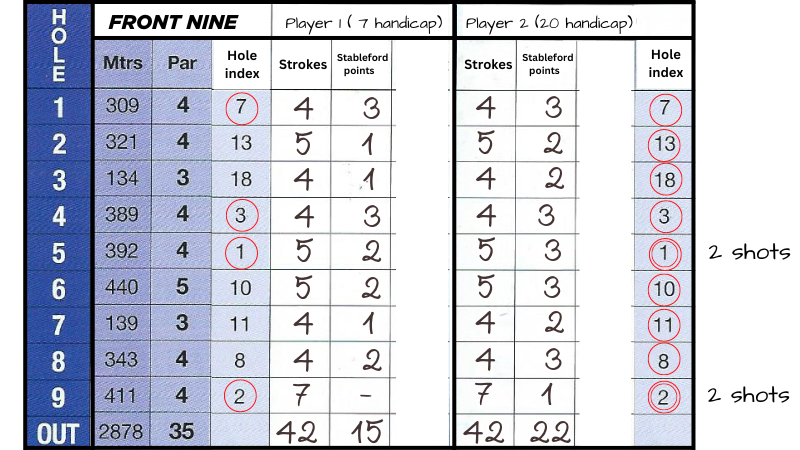How the 2023 Golf Rules changes affect your game

How the 2023 Golf Rules Changes affect your game
The R&A and USGA announce an update to the Rules of Golf, which will come into effect on 1 January 2023.
The new rule updates are part of the R&A's regular four-year review process of modernisation. In 2023, they will include relaxed penalties in certain situations, and modified language to make the rules clearer to understand. Also, they will feature modified Rules for players with disabilities.

Key 2023 Golf Rules changes include:
- Modifications for Players with Disabilities: The modifications to the Rules for players with disabilities are in effect for all players who fall under the categories covered in Rule 25.
- Handicap Usage in Stroke Play: Players are no longer required to show their handicap on their scorecard in stroke play. The Committee will be responsible for calculating the player’s handicap strokes. They will use that to calculate the player’s net score.
- Club Damaged During Round: The Rule now allows a player to replace a club that is damaged during a round. This is provided that the player did not damage it through abuse.
- The "Rickie Fowler Rule": Ball Moved by Natural Forces: A new Exception provides that a ball at rest must be replaced if it moves to another area of the course or comes to rest out of bounds after being dropped, placed or replaced.
This is casually referred to as the Rickie Fowler rule, following an incident in 2019. At the WM Phoenix Open, Fowler's chip on the 11th ran through the green and into the water. Fowler took a penalty drop onto a steep bank (placing it after two initial efforts rolled into the water). As he walked up to the green to plan his next shot, his ball rolled down the bank and back into the water. He took penalty relief again and went on to record a triple bogey. This new "exception" helps to alleviate this type of bad luck.
-
Simplified Back-on-the-Line Relief
This relief procedure, often used for penalty area and unplayable ball relief, is now simplified. The ball is now dropped on the line, and may roll up to one club-length in any direction. EVEN IF IT ROLLS CLOSER TO THE HOLE. (Previously, a drop could be taken anywhere within one club length, but if the ball rolled forward, it would have to be re-dropped.) Now, a re-drop is not required. This change represents a return to the easy-to-apply, pre-2019 process.
Video: Penalty Area Relief
Video: Unplayable Ball

Hard Copy Rulebooks to be discontinued
Hard copies of the rules will no longer be distributed to club members. In future, access to the Rules will be via R&A-approved websites and apps. Golf Australia is currently working with the R&A to upgrade the GA Handicap App to include 2023 R&A Rules content. The work on the GA Handicap App is projected to be completed in February 2023.
Until then, to access to the 2023 Rules, golfers are encouraged to use the new R&A Rules of Golf app:
Golf Rules Resources
For more information:
Or, for more Golf Rules and Fundamentals articles, click here








